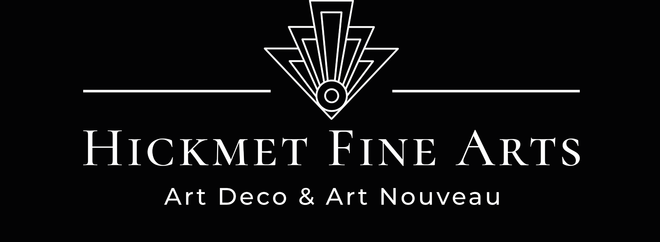An excellent nickel plated bronze Car Mascot, in the form of a mounted Jockey at full stretch in his owner's colours, signed AEL for the Lejeune Company
Sorry, this item has been sold. If you would like information about similar items please contact us on 07971850405 or make an enquiry via email here.
ADDITIONAL INFORMATION
Height: 10 cm
Width: 14 cm
Condition: Excellent Original Condition
Circa: 1950
Materials: Nickel Plated Bronze
SKU: 8502
ABOUT
Louis Lejeune
Louis Lejeune – English (1910 ~ 2010) The name Lejeune has been synonymous with first class bronze founding for the best part of 100 years. Established in 1910 as AE Lejeune (AEL) by Emil Lejeune and his wife Augustine, the company concentrated on small ornamental bronzes, decorative architectural fittings and, with the spread of the automobile, car mascots. The first of these produced by the company was almost certainly the "Speed Nymph", the design for which was registered in 1917. The success of this first mascot enabled Emil to commission work from some of the best known artists of the day; many existing patterns bear the initials of sculptors such as Frederic Bazin and Charles Paillet. It was not long before Lejeune had established itself, and by 1929 was being described as "the world's largest motor car mascot manufacturer". Louis Lejeune took over and renamed the company in 1933. Louis Lejeune Ltd was run from premises in Great Portland Street until 1978, when it was bought by the sculptor Sir David Hughes.
The Art Deco Period
The Art Deco Period: although Art Deco derives its name from the great 1925 Paris Exhibition, ‘L’Exposition Internatlionale des Arts Décoratifs et Industriels Modernes’, the term is now generally applied to the typical artistic productions of the 1920’s and 1930’s. It might best be characterised as an attempt to unite arts with industry, embracing the machine age and repudiating the old antithesis of ‘Fine’ and ‘Industrial’ art. The sources of the Art Deco movement include Egyptian and Mayan Art, Cubisim, Fauvism and Expressionism, heavily influencing the chief force underlying all Art Deco with the emphasis upon geometric patterns.















